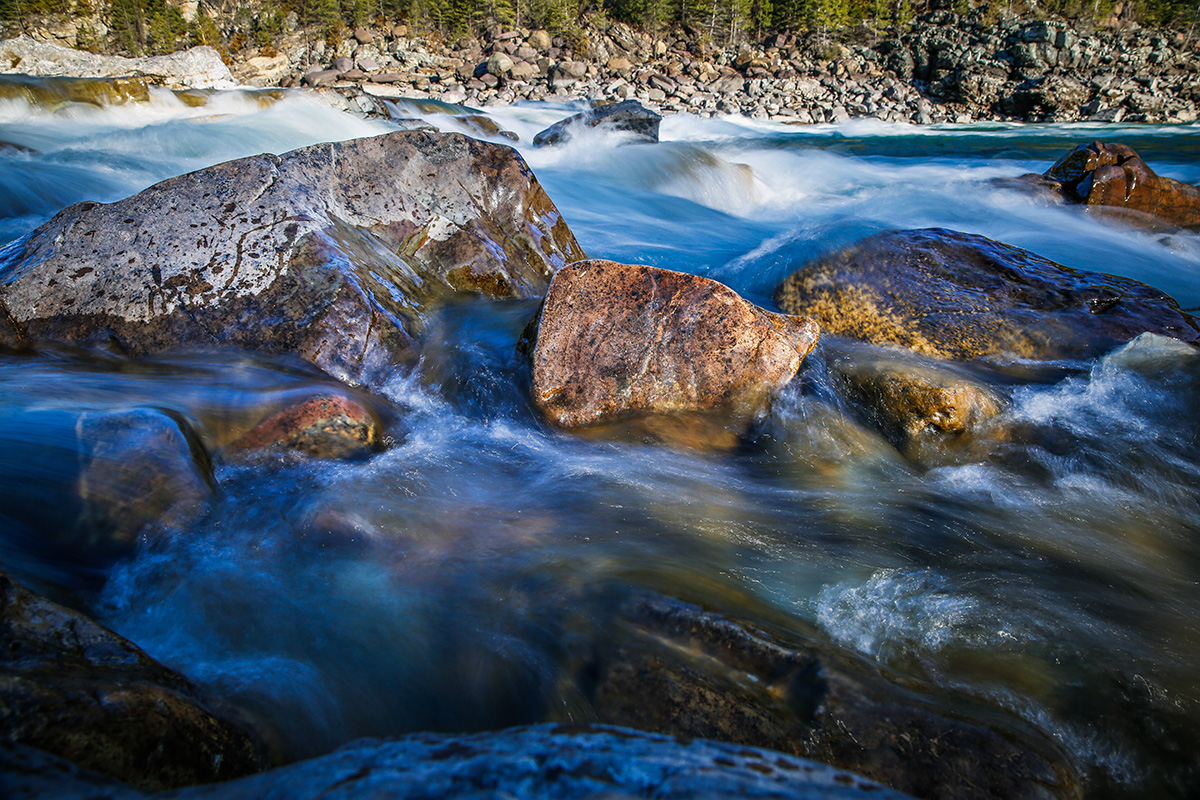Despite an unseasonably warm March in the Flathead Valley, officials say the snowpack remained above normal and temperatures were still low enough to avoid premature spring runoff as of March 17.
The snow-water equivalent in the Flathead River basin has since dipped slightly to 93% of normal as of March 22, although it remains above normal in several basins, including the Upper Clark Fork and Bitterroot.
“Even though it hasn’t been wet in March, assuming we get normal precipitation from here through when runoff begins, we still have time between now and peak snowmelt,” Lucas Zukiewicz, a water supply specialist for the U.S. Department of Agriculture’s Natural Resources Conservation Service, said.
Zukiewicz credits heavy snowfall in February for saving the snowpack this winter, with snowfall 175% above normal for that month.
At the North Fork Jocko SNOTEL site in the Southern Mission Range, 11.9 inches of water was added to the snowpack in February, along with 10.6 at Noisy Basin in the Swan Range.
“The snowpack is looking good and it’s improved significantly since Feb. 1,” Zukiewicz said. “Moisture from the west collided with cold air and most of the basins west of the continental divide saw pretty incredible snowfall.”
Prior to February, basins in the Swan and North Fork Flathead River were below normal, ranging from 81% to 89% of normal for snow water equivalent (SWE).
While temperatures continue to hover around 10 degrees above normal, according to the National Weather Service, Zukiewicz says those conditions are not significant enough to impact high-elevation snowmelt.
“It really takes a long time period,” he said. “If you think how deep the snowpack is at those higher elevations, it’s a coupled effect of air and solar radiation … You have to have persistency of both.”
At high elevations, the snow is not actively melting, Zukiewicz says, but the current conditions are beginning to “prime” the snowpack.
Zukiewicz describes the snowpack in three phases, with winter as the first phase when the snow is cold. Then it enters a ripening or priming phase where temperatures start to warm, transitioning to the third phase where melting occurs.
While springtime temperatures seem early this year, Zukiewicz says another cold phase could occur, and a normal runoff will be likely if mid and high elevations peak at the end of April or early May.
“There’s a lot of time for things to change,” Zukiewicz said.
